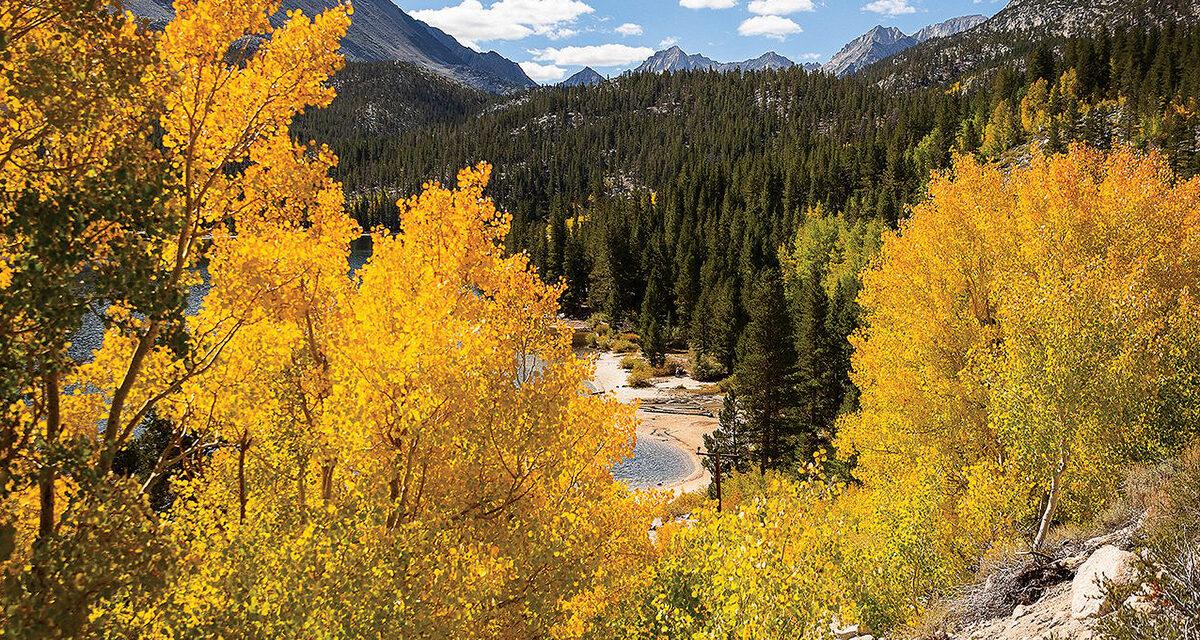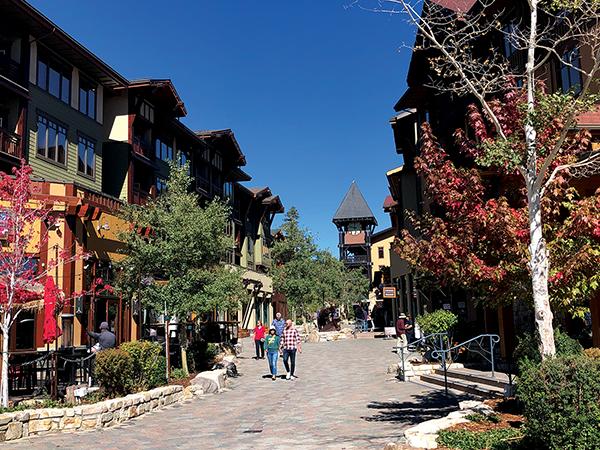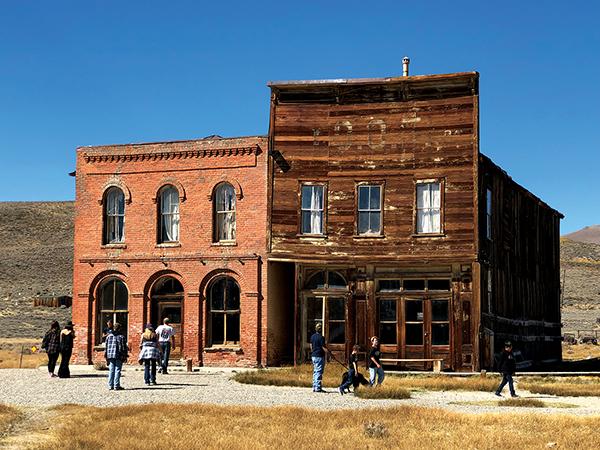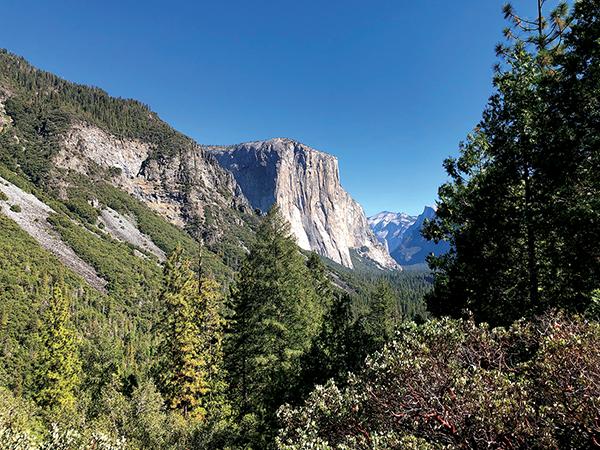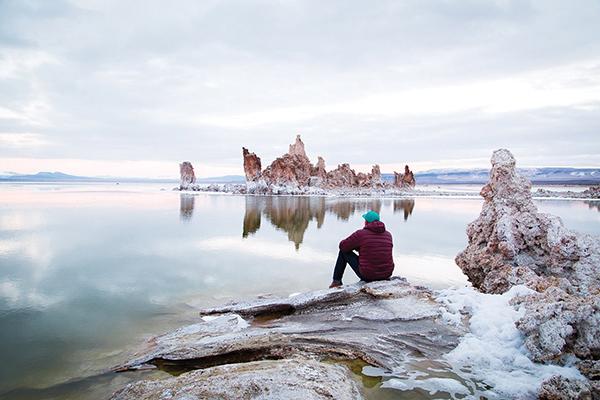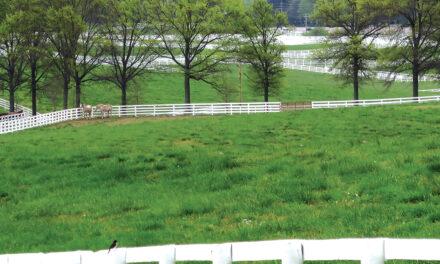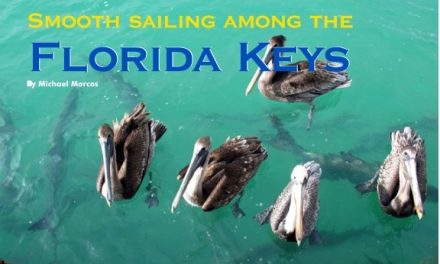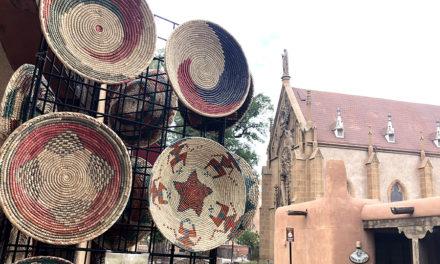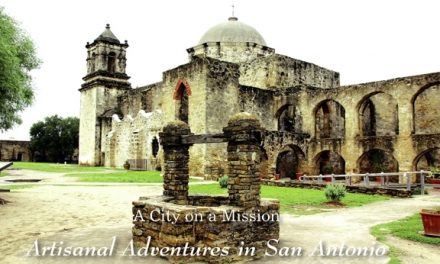USA
Flaming Colors Brighten Mammoth Lakes’ Fall Season
by Randy Mink
Even many Californians think they have to go out East to witness the splendor of fall foliage, but the Sierra Nevada Mountains offer their own blazes of glory, as I witnessed last October in the high-altitude resort town of Mammoth Lakes.
While Mammoth Lakes is best known as a winter sports mecca, fall finery is a less-hyped treasure I’ve been telling everyone about. The masterful blend of autumn hues and mountain majesty exceeded my expectations.
Groves of quaking aspens, whose electric yellows and flaming oranges paint the slopes, provide a brilliant contrast to the firs and pines. Set against picture-postcard mountain scenery under clear blue skies, it’s something few parts of the country can duplicate. Whether I was hoofing it on the trails, boating on the lake or soaking in color-splashed vistas from the road, the golden spectacle had me taking pictures like crazy.
The East, I discovered, doesn’t have a monopoly on Mother Nature’s annual show.
The Mono County community of Mammoth Lakes, at 8,051 feet above sea level and home to about 8,500 permanent residents, is a kingdom unto itself, the nearest major airport being three hours away in Reno, Nevada. The relative remoteness just adds to its appeal.
An all-season vacation haven, Mammoth Lakes has amenities aplenty, offering more than 65 restaurants and a variety of hotels and vacation rentals, not to mention a full-service hospital and a small commercial airport with flights from Southern California during ski season.
Boasting a summit elevation of 11,053 feet, Mammoth Mountain Ski Area is the highest resort in California. Served by 28 chairlifts and two gondolas, it counts 150 distinct runs. While Mammoth may not be on skiers’ national radar, “Southern California considers us their backyard ski hill,” says Lara Kaylor of Mammoth Lakes Tourism. The drive from Los Angeles is 5.5 hours.
Though it takes some traveling to get there, Mammoth Lakes makes a great base of operations for exploring the Eastern Sierra and Yosemite National Park, whose eastern entrance is 45 minutes from town. Fall foliage time in this neck of the woods means fewer crowds than the busy winter and summer seasons.
Surrounded on all sides by protected federal lands, the town can’t expand—it can only build up. Its centerpiece is the Village at Mammoth, a collection of restaurants and shops surrounding a landscaped plaza that invites strolling and warming up at the communal fire pits. The clocktower building gives this “downtown” a cozy touch of Alpine Europe.
“Lakes” in the town’s name is derived from the five renowned fishing lakes in Mammoth Lakes Basin, an idyllic setting five minutes from the Village via a free trolley. Almost 100 lakes lie within a 20-mile radius. My group visited several of them on our fall hikes, getting some great pictures of pretty foliage and rocky crags reflecting on the pristine water.
On our early October trip, temperatures reached into the 70s F, dipping to the low 30s at night. The best period for leaf-peeping generally is mid-September to mid-October.
Trees in the Mountain West display little of the fiery reds seen in New England and Atlantic Canada every fall, but the aspens’ yellow and orange leaves, mixing with the lime-colored ones that have not yet turned, create a spectacle nonetheless. Cottonwoods, willows and bigleaf maples add pop of their own. An autumn snowfall will inject a novel element, providing a white background for the turning leaves.
Just the majestic Sierra Nevada setting—the stuff of calendars and travel posters—mirrors a grandeur not found in the East. Marveling at the changing leaves, you have to remember to pause and take in the big picture, an awe-inspiring tableau of verdant meadows, rugged high desert, jagged mountain crests and oh-so-vertical Jeffrey pines. Forming a spine that stretches 400 miles along the eastern side of California, the Sierra Nevada abounds with mighty granite peaks, many of them rising to heights of 10,000 to 14,000 feet. The jaw-dropping panoramas lure movie production companies to the area.
On separate days, we hit two hiking trails on either side of Coldwater Canyon, a short drive from the Village. Each hike had a lake—Emerald Lake or Heart Lake—as its destination. At one point on each trail we passed a sign indicating the entrance to the John Muir Wilderness Area of Inyo National Forest.
Exploring Mono County
Farther afield, we took US Highway 395 north from Mammoth to two fall foliage hotspots—Lundy Canyon and June Lake Loop—popular with hikers and motorists. Lundy Canyon Road ends at a trail considered one of the best for fall color hikes in the West. A view of Lundy Falls flanked by colorful aspens appears within the first mile.
Our travels on 395, a designated California Scenic Byway, included a brief stop at another Mono County must-see—mineral-rich Mono Lake, near the village of Lee Vining. More than twice as salty as the ocean, the ancient inland sea intrigues visitors with its eerie tufa towers, oddly shaped limestone structures created by freshwater springs that bubble up through the lake’s alkaline waters.
A paradise for photographers and bird-watchers, Mono Lake attracts migrating birds that feed on the alkali flies and tiny brine shrimp. Kayakers can paddle among the tufas, and interpretive trails provide close-up looks at the otherworldly formations.
Near Bridgeport lies Bodie State Historic Park, the site of the best-preserved ghost town from California’s Gold Rush era. This outdoor museum, a trip highlight for me, interprets what is left of Bodie, a wild ’n’ woolly mining camp that contained 30 gold and silver mines and more than 60 saloons, not to mention a red-light district and large Chinatown with opium dens, in its 1877-1881 heyday.
On wide dirt paths, tourists pass weathered houses and commercial buildings scattered across the high desert landscape. They visit the 1882 Methodist church, poke around the cemetery, inspect rusted vehicles and machinery, and peer through windows of the hotel, jail, saloon, general store and schoolhouse.
Day Trip to Yosemite
Planning my trip to Mammoth Lakes, I was most looking forward to the day in Yosemite National Park, a bucket-list destination. Our group took a full-day tour with a company that deploys 7- and 14-passenger vehicles to Yosemite. While hordes of people pack the park in summer, fall is much quieter.
To reach Yosemite’s less used eastern gate (elevation 9,945 feet), we traveled from Mammoth Lakes to Tioga Pass, the highest paved mountain pass in California. The drive afforded grand High Sierra vistas as we made our way into the valley, where the park’s top landmarks reside. The Tunnel View overlook was thronged with visitors framing the ultimate shots of iconic granite monoliths El Capitan and Half Dome. We also got a glimpse of Bridalveil Fall, which had some water at the top, but spring and early summer are best for seeing the park’s waterfalls in all their thundering fury.
Another Yosemite exclamation point was our one-mile hike to Tuolumne Grove of Giant Sequoias, one of three such groves featuring the enormous trees that live to be more than 2,000 years old. The day in Yosemite ended with a visit to El Capitan Meadows, where we watched awestruck as daring rock climbers scaled the sheer face of El Capitan.
Hikers, climbers and skiers can work up mammoth-sized appetites. Happily, the town of Mammoth Lakes has something for every taste, from the simple to the sophisticated. Side Door Wine Bar & Cafe specializes in crepes, paninis, fondue, tapas and charcuterie plates. I’ll never forget the pillowy, plate-size chicken presto crepe with creamy goat cheese, a main course that was followed by luscious Nutella, strawberry and cinnamon roll crepes our group shared for dessert.

